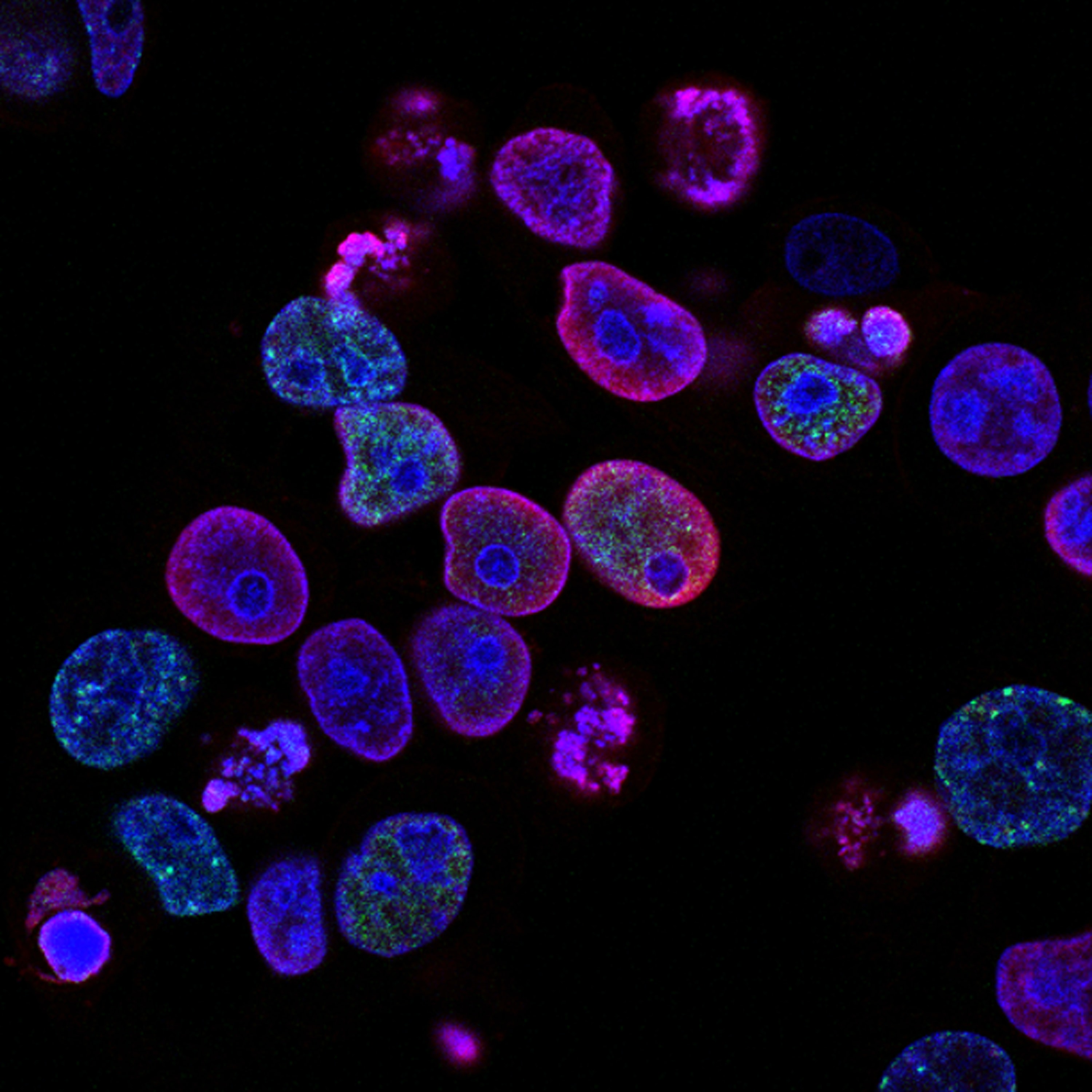Scientists make precise gene edits to mitochondrial DNA for first time
By Heidi Ledford,
Nature
| 07. 08. 2020
A peculiar bacterial enzyme has allowed researchers to achieve what even the popular CRISPR–Cas9 genome-editing system couldn’t manage: targeted changes to the genomes of mitochondria, cells’ crucial energy-producing structures.
The technique — which builds on a super-precise version of gene editing called base editing — could allow researchers to develop new ways to study, and perhaps even treat, diseases caused by mutations in the mitochondrial genome. Such disorders are most often passed down maternally, and impair the cell’s ability to generate energy. Although there are only a small number of genes in the mitochondrial genome compared with the nuclear genome, these mutations can particularly harm the nervous system and muscles, including the heart, and can be fatal to people who inherit them.
But it has been difficult to study such disorders, because scientists lacked a way to make animal models with the same changes to the mitochondrial genome. The latest technique marks the first time that researchers have made such targeted changes, and could allow researchers to do this. “It’s a very exciting development,” says Carlos Moraes, a mitochondrial geneticist...
Related Articles
By Jonathan Matthews, GMWatch | 12.11.2025
In our first article in this series, we investigated the dark PR tactics that have accompanied Colossal Bioscience’s de-extinction disinformation campaign, in which transgenic cloned grey wolves have been showcased to the world as resurrected dire wolves – a...
By Jenny Lange, BioNews | 12.01.2025
A UK toddler with a rare genetic condition was the first person to receive a new gene therapy that appears to halt disease progression.
Oliver, now three years old, has Hunter syndrome, an inherited genetic disorder that leads to physical...
By Simar Bajaj, The New York Times | 11.27.2025
A common cold was enough to kill Cora Oakley.
Born in Morristown, N.J., with virtually no immune system, Cora was diagnosed with severe combined immunodeficiency, a rare genetic condition that leaves the body without key white blood cells.
It’s better...
By Rachel Hall, The Guardian | 11.30.2025
Couples are needlessly going through IVF because male infertility is under-researched, with the NHS too often failing to diagnose treatable causes, leading experts have said.
Poor understanding among GPs and a lack of specialists and NHS testing means male infertility...




